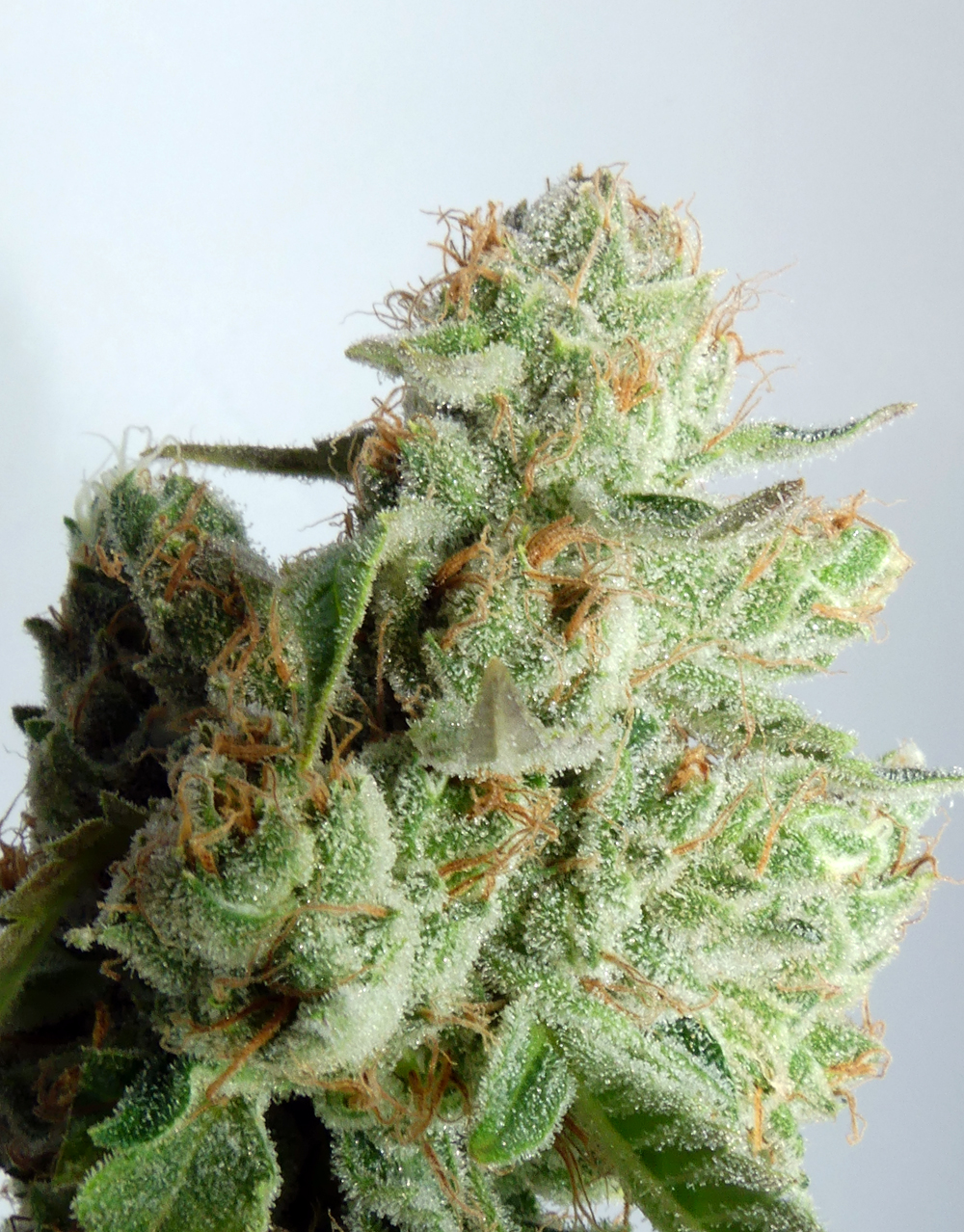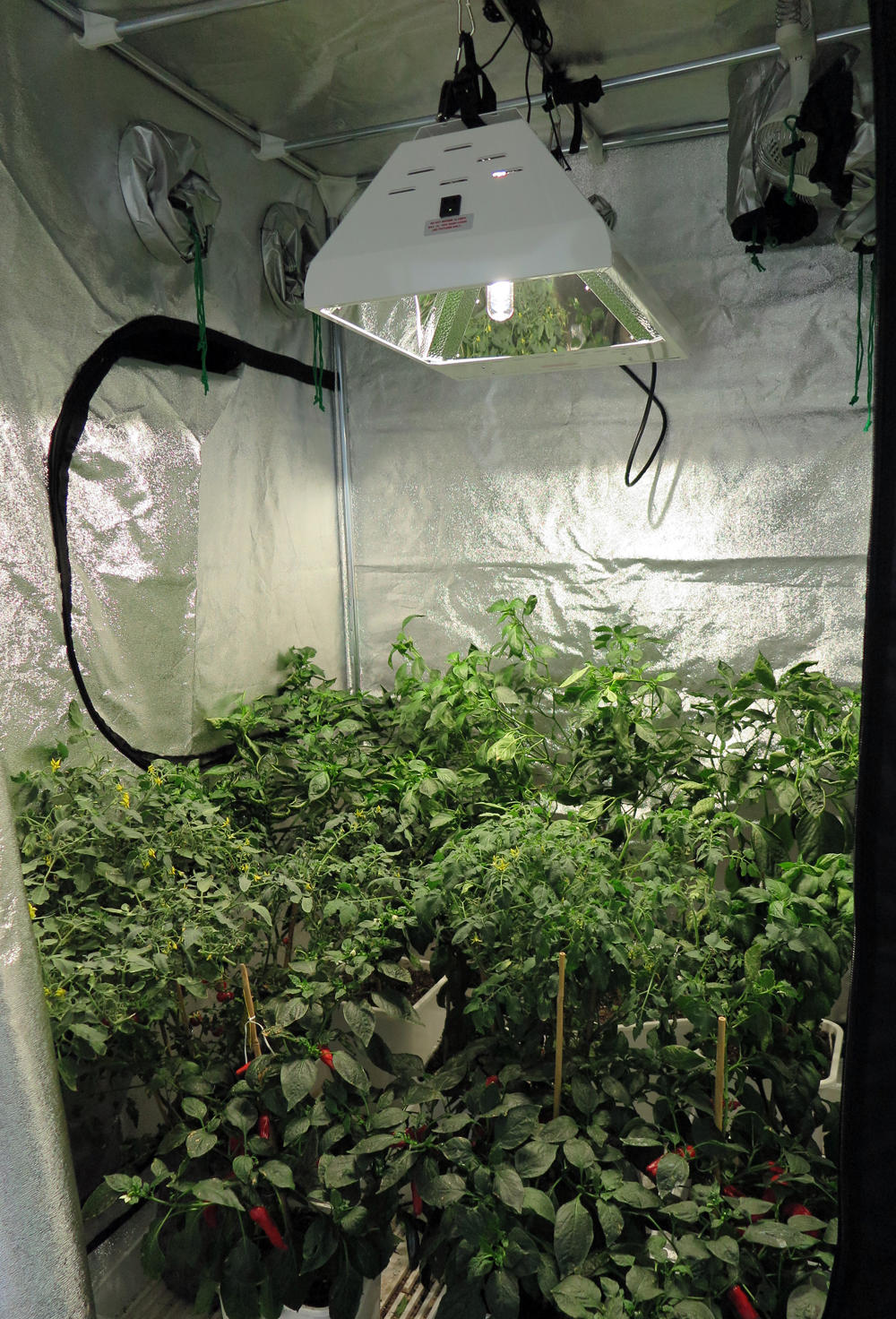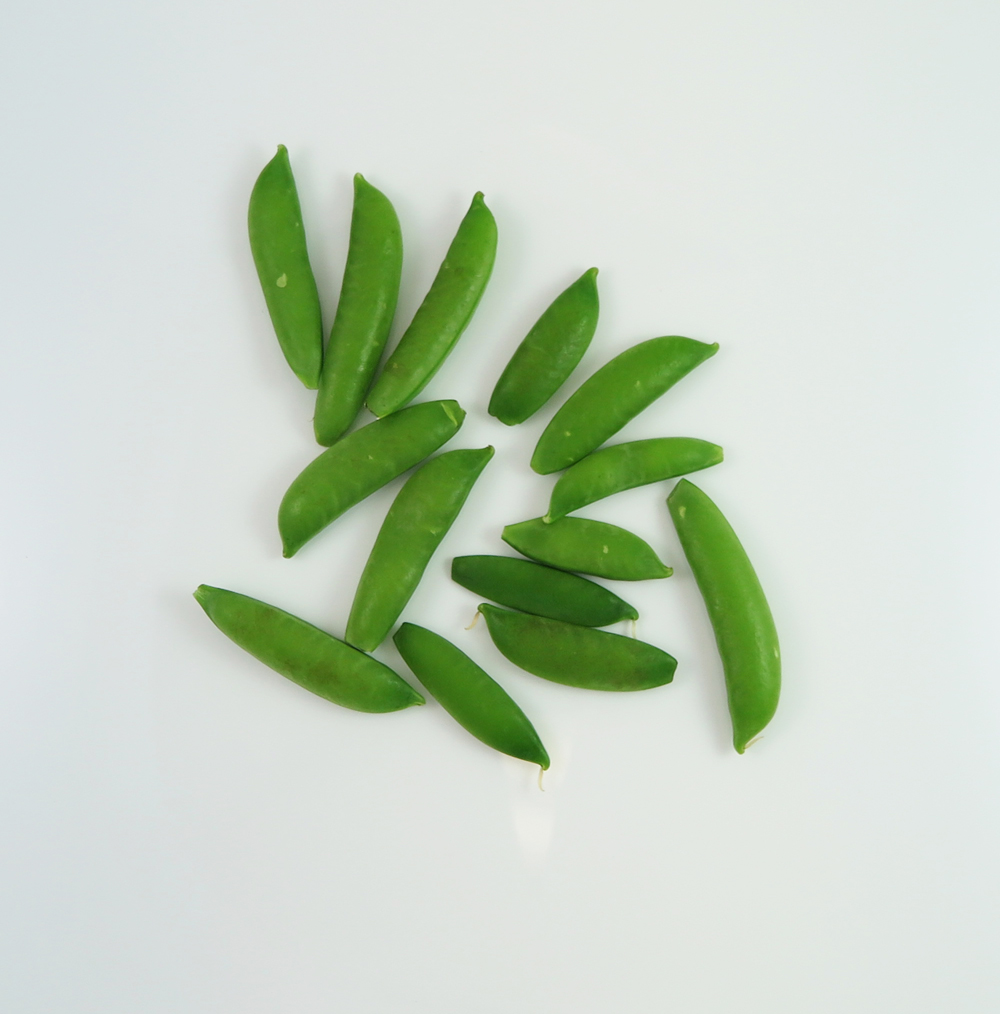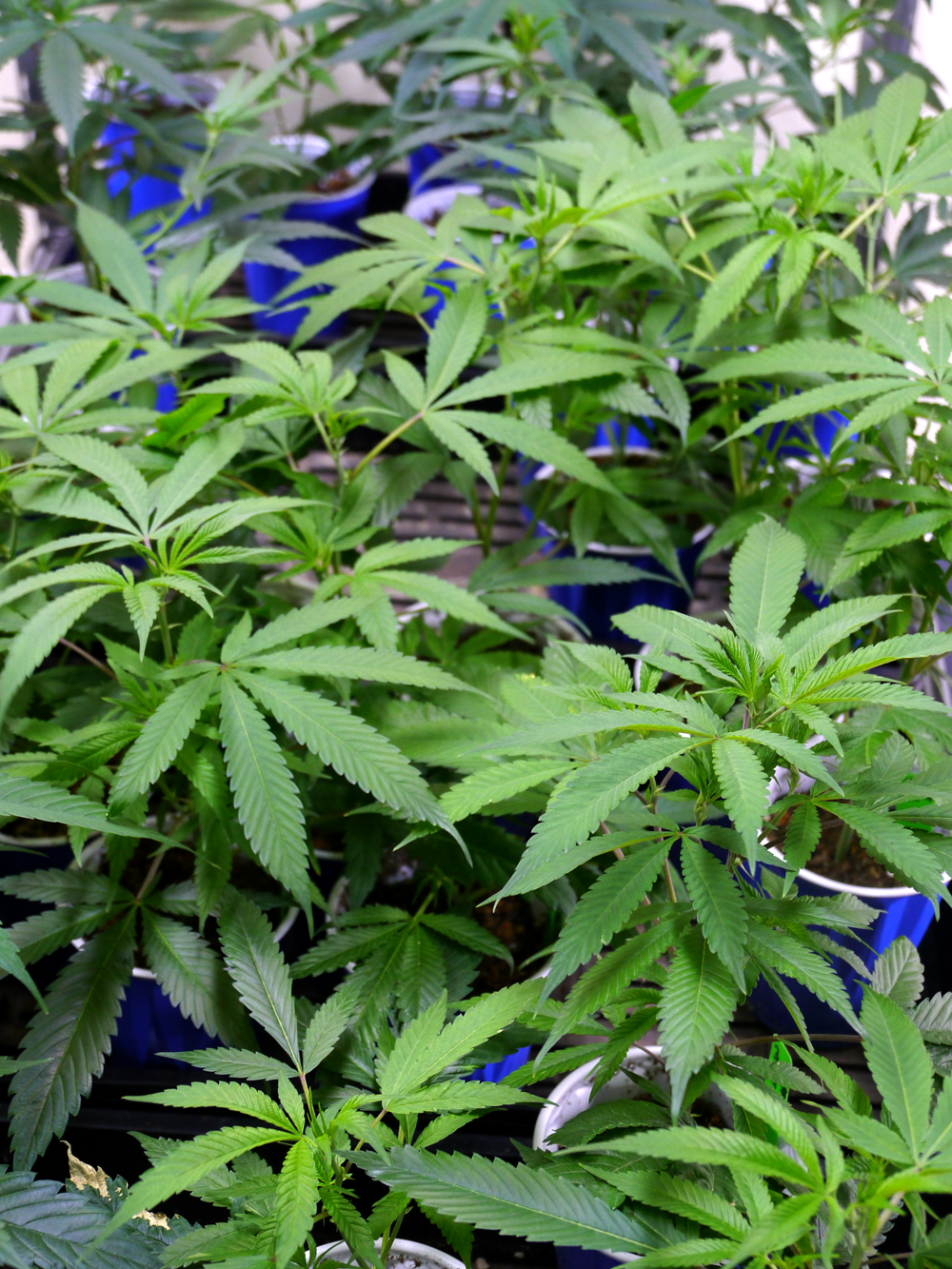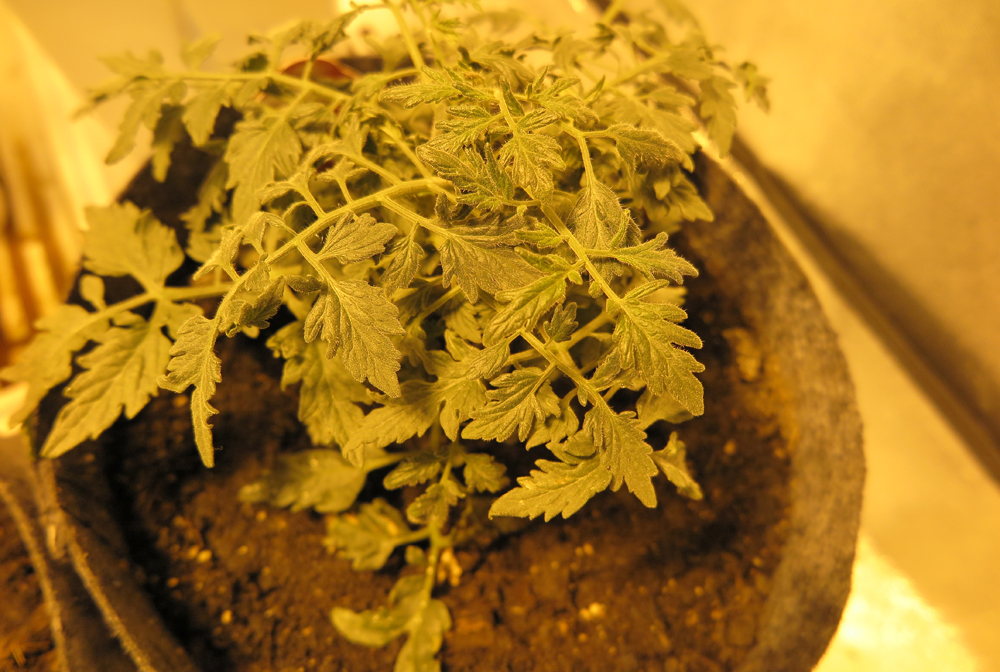Best Grow Lamps for Small Groups of Cannabis Plants
September 15, 2018
If you are growing just a few plants in a very small space, CFLs produce a good spectrum for cannabis and can be placed much closer to your plants than HID lamps. HO T5 fluorescents are also a good option. Both are best suited to growing plants during their vegetative phase, so you might consider supplementing with some red light during the flowering phase with warm-spectrum T5s or red LEDs.
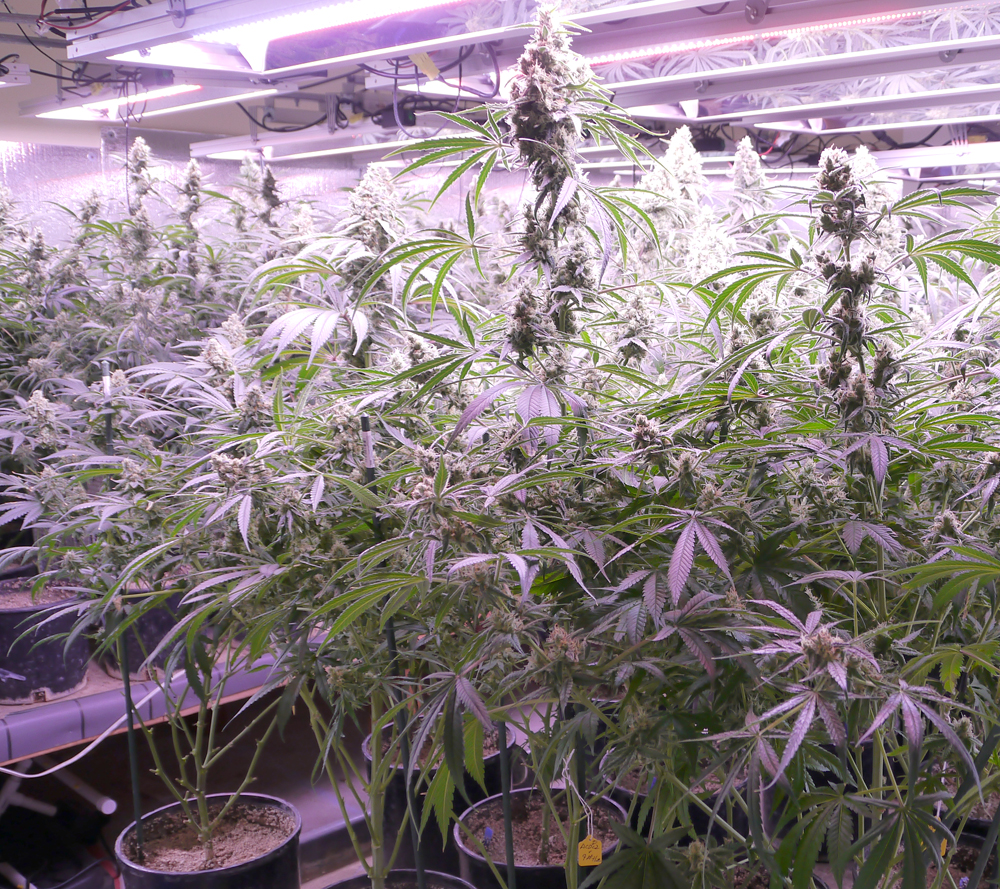
Cannabis crop growing under HID LEDs
PC: Dan Heims
HID LED rigs are good for both growth phases of cannabis. You will need to place HID LED fixtures a bit further away from your plants than you would CFLs or T5 fluorescents.
If you are growing larger groups of cannabis plants, you'll be better served by upgrading to HID lighting (Metal Halide, High-Pressure Sodium, CMH/LEC, or HID LEDs) for best results.
New BOOK! Gardening Under Lights: The Complete Guide for Indoor Growers


